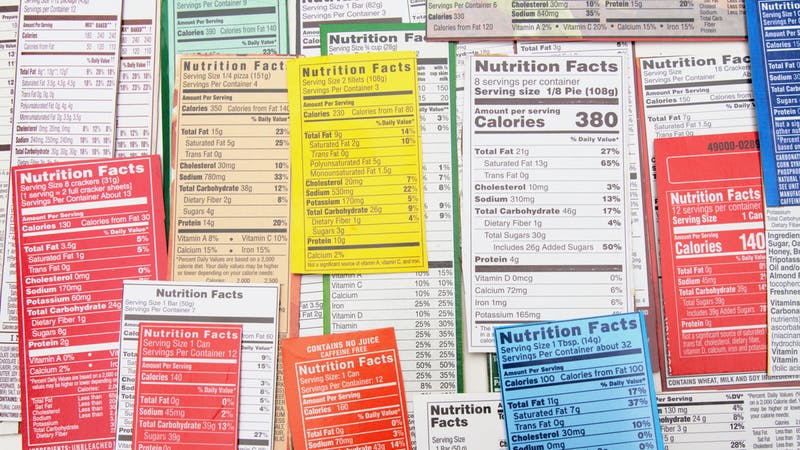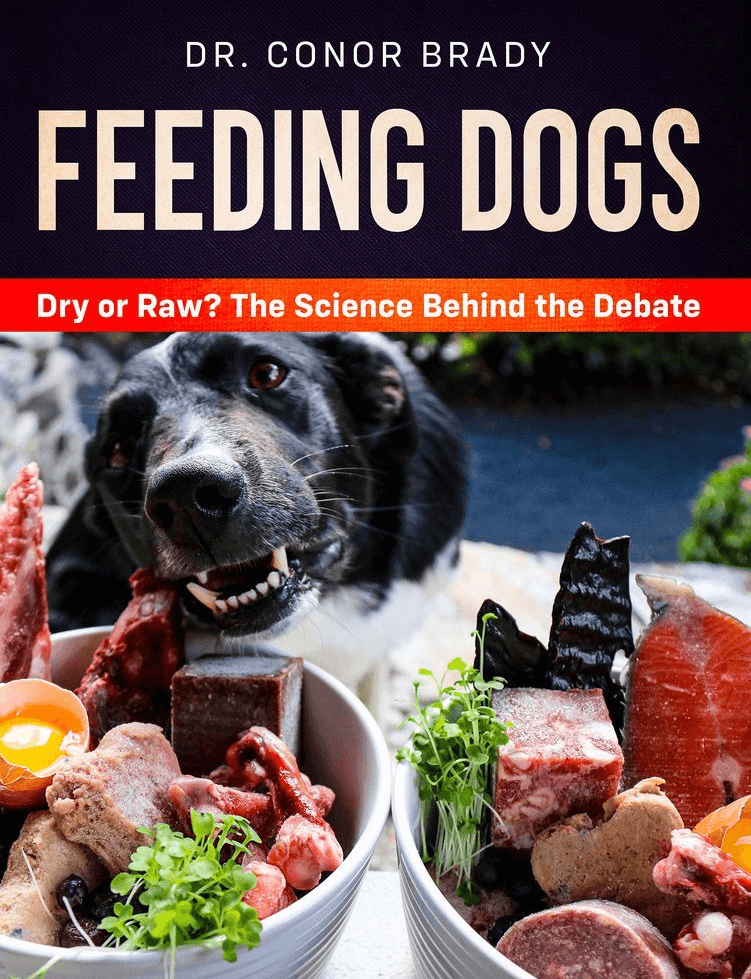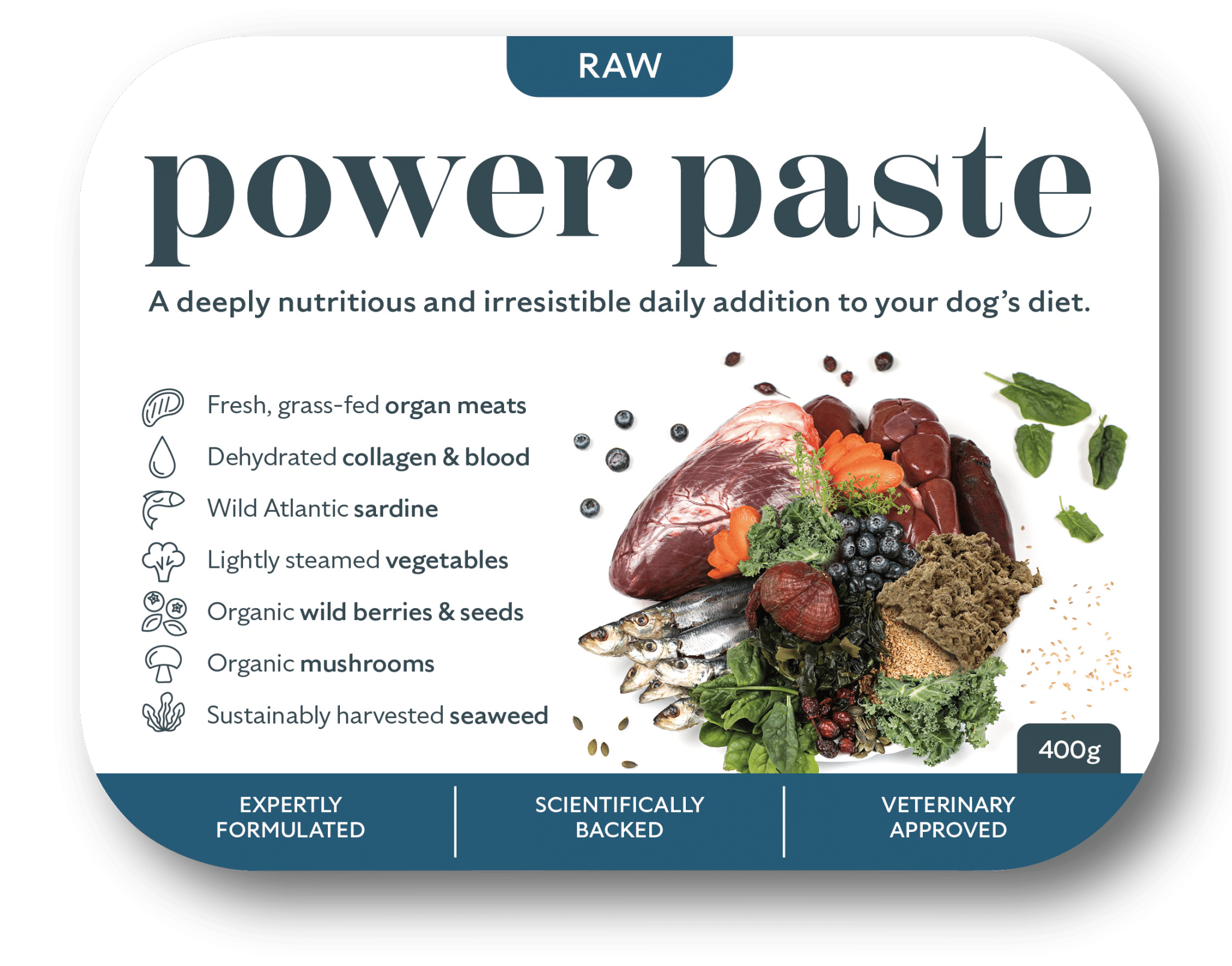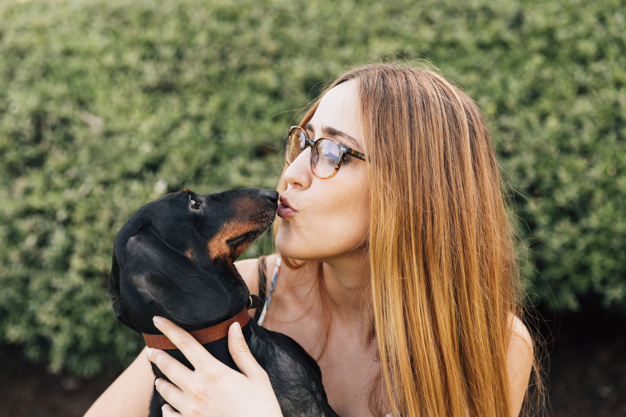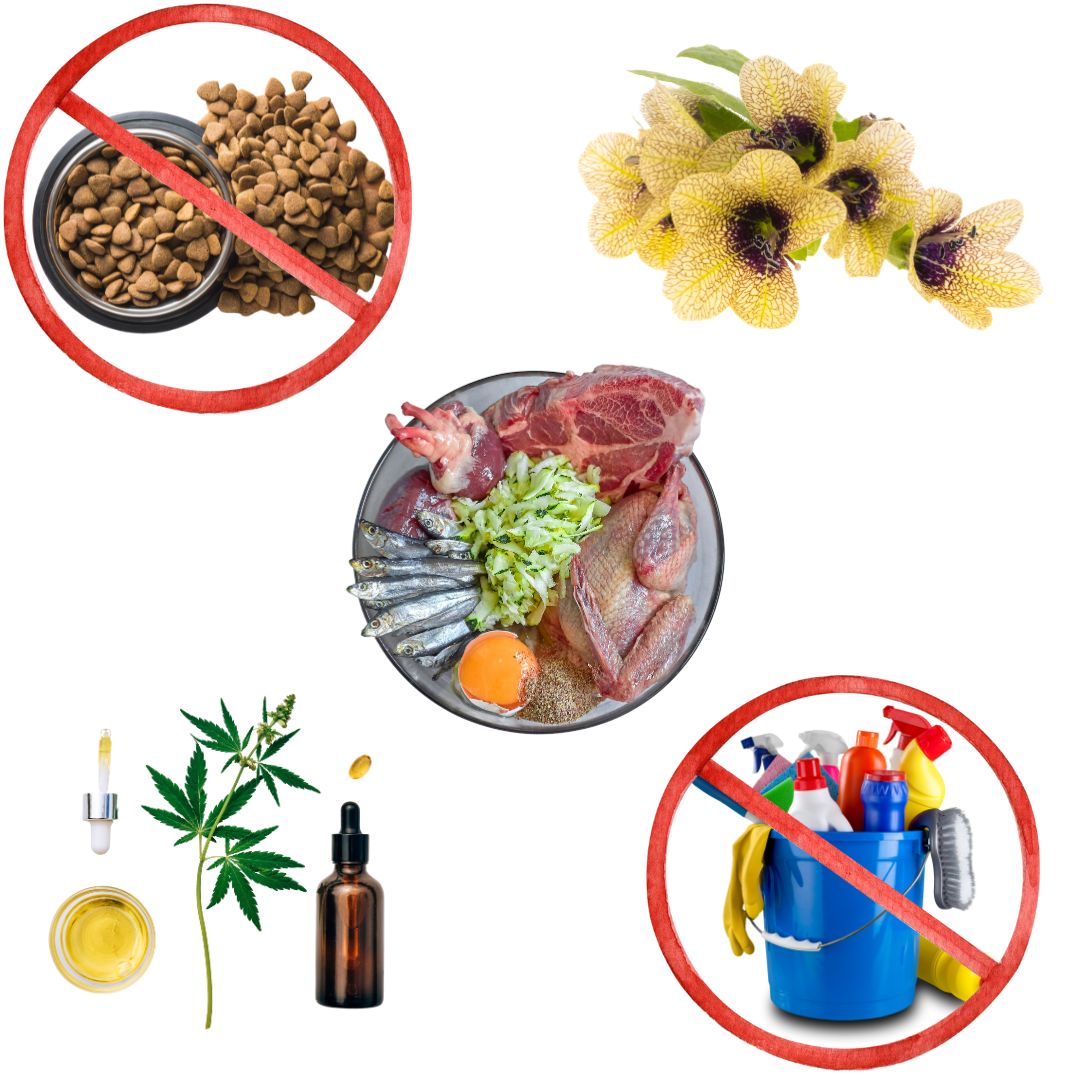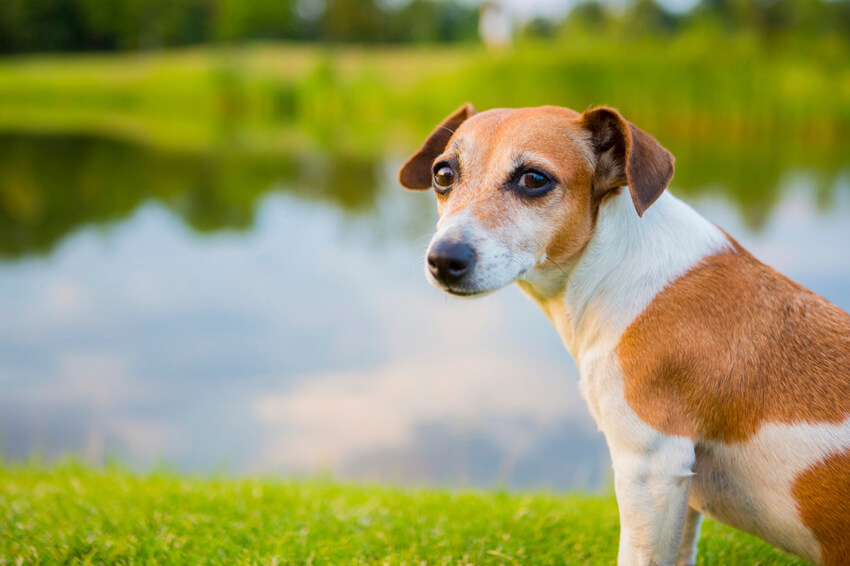Who do you Think is Checking up on Pet Food Labels for you?
The latest scandal to hit the human food market was Kerrygold in the US who were labelling their butter as coming from grass-fed cattle, which was desirable in a land where the vast majority of their beef, dairy, poultry and eggs comes from filthy, dreadfully inhumane CAFO’s (Concentrated Animal Feeding Operations). Turns out, Kerry-Gold were telling fibs and now they’re in for a massive lawsuit as a result.
Learn more about CAFO’s and the shocking rise of them in the UK
It’s flying around the internet as these scandals really bother us. It’s horrible being duped. Of course, it’s not the first time and it won’t be the last. Food labelling in Ireland is a farce. Where ingredients really come from now is borderline a mystery, the food and agriculture industry is now expert at hiding its real practices behind grossly misleading labels. The word “organic” has been completely bastardised in every country where it means anything. The word alone “organic” brings forth notions of cows roaming pasture but really they could be living in captive hell but fed “organic feed”. Most EU countries are now producing huge amounts of unstunned meat (where animals are not stunned first but have their throats coat and bleed out in terror and pain) for foreign Halal / Kosher markets, in direct opposition to their own welfare laws and despite of their veterinary councils begging for the practice to stop, for no other reason but money. You meat eaters will be eating large amounts of it, not that you are told and there is lots of it used in raw pet food, which really bothers me.
Petition: Make the labelling of un-stunned meat mandatory in Ireland
And let’s not forget the old classic of a picture of a farmer in a straw hat, in his tractor, trundling through big open fields is an old favourite. The truth behind all these scenes is hidden from us. After all, if you saw what was going significantly less of us would eat less meat. And we can’t have that.
Food labels are a total farce. Everyone’s at it, as countless articles online amply demonstrate. The question is this – who do you think is checking up on pet food labels?
Who is Checking Pet Food Labels in the US & Canada?
In the US, the FDA (US Food & Drug Administration) holds itself up to punish any wrongdoing by the pet food sector, only it does not actually monitor the pet food sector in any real way. They run no checks of products or labels or manufacturers. They only respond to an issue only when pets are seen to be dying, not that they are seen do that in the slightest when thousands of pets were killed in 2007 (FDA betrays pet owners in the biggest way). The reason for this? In the 80’s they completely handed over the reigns of supervising pet food production to the pet food companies themselves, saving themselves time and money, only now you can’t easily prosecute the hand that feeds you.
Together, the manufacturers call themselves AAFCO (American Association of Feed Control Officials). They set their own guidelines, determine what is or isn’t permitted in pet food and even tweak labelling laws when necessary – such as recently when, thanks to the internet, people learned how shit an ingredient meat meal is, they decided to allow manufacturers to use the words “dried meat” or “dehydrated meat”, which I think we all agree sounds much, much better. It’s against the law to do that, but you’re in Pet Food World now. It’s now borderline impossible to understand the ridiculous claims on many pet food labels.
You will see on the front of your bag of dry food that this food meets AAFCO requirements. These are minimum requirements, of course, and disgracefully low in items such as protein, which happens to be the most expensive ingredient in there! Go figure.
AAFCO set the policies on how manufacturers determine if their food is complete (8 caged dogs fed the food over 6mths, two may be removed from the trial for “non-nutritional” reasons, tested in house, negative test results are not published, etc etc). AAFCO self-regulate and lack any prosecuting power whatsoever. Learn more about AAFCO here:
AAFCO: The pet food watchdog is not only on the company payroll but he is deballed and sound asleep
In Canada? They have nobody. Nobody supervises the pet food sector in Canada. Some of the best dry pet food products come out of Canada…but then who’s checking those beautiful claims on the label?!
Who is Checking Pet Food Labels in Ireland and the UK?
In Europe, we have FEDIAF, who for the large part take their queues from AAFCO but make a number of tiny tweaks including using a percentage point or two more protein in pet food (FEDIAF feed guidelines).
This [FEDIAF] feeding protocol has been designed in order to determine ME and nutrient digestibility of cat & dog foods in a way not harmful for cats and dogs and is adapted from the “AAFCO dog and cat food metabolisable energy protocols – Indicator Method” (AAFCO 2007)
FEDIAF Feed Guidelines for Complete Pet Food in Europe, p36 & 39
However, like AAFCO, FEDIAF is a pet food manufacturers affair. They do no groundwork of their own (at least AAFCO pretend to now and again). Actual oversight of pet food production, labelling and quality is left up to each country themselves. In the UK, this is done by DEFRA (Department for Environment, Food & Rural Affairs) and in Ireland, we have the Department of Agriculture (DOI), who latter copying largely what the former does.
So what do DEFRA and the Irish DOI do to regulate pet food production here? Well, they make visits to the manufacturing plant and check that the facilities are clean, that basic hygiene processes are followed, that cool storage is adequate and anything else that might affect microbiology, as this is what these two groups care about. You might say, it’s all they care about but it’s certainly a major plus for you and your family and it’s certainly a significant step up from US pet food production.
I’m speaking from first-hand experience here as I made raw dog food for three years from 2011-2014 (see me here having some success on Dragons Den). The Irish DOI vet inspectors make a huge amount of checks, perhaps every month, often unannounced. It’s utterly exhausting. In the UK, DEFRA tend to visit significantly less, sometimes 2-3 times a year, often give you a heads up when they’re coming out and sometimes even what they’re going to be checking (please correct me if I’m wrong UK manufacturers, this was just after a conversation with 3 UK manufacturers).
The problem I have is that neither of these groups ever sampled my product to see if what I said I was putting in my food was actually going in there. Moreover, nobody ever checked my protein and fat contents, let alone bone / calcium contents. Submissions regarding the ingredients you intend to use and that they will provide a “complete” meal are made beforehand and off you go.
For anyone feeding pre-made, we all know this is an issue as many products are simply grinding up carcass (which is costs perhaps 15-30p per kilo depending on bulk) and our dogs then poo bullets when fed upon them. And yet it said 10% bone on the label. Other products, determined to just use carcass for their meat offering, pad out their product with root veg (turnip, swede, sweet potato but also the likes of broccoli) to bulk the dog’s stool with fibre, hiding how much bone is in there. Of course, most manufacturers now know we don’t want to see so much veg in there so product that once used “30% fibrous veg” now only use “20%” or even “10%”. At this point, you have to trust that that’s what they did, as nobody’s checking. You will know these products as they tend to grind their product up very fine so you can’t see the meat / bone / veg pieces. This is why I never trust very finely ground pre-mades. It must be chunky, not some homogenous chicken-nugget-esque mix.
I was being shown around a very popular raw dog food brands manufacturing set up. They were just about to make a duck mix. Their was large bins of duck carcass (OK, you no big deal), large bins or fibrous veg (hmmm, seeems quite a lot), a little tub of dried powder being their fancier herbal additions etc (what I call window dressing, you generally don’t get a lot of these, or the best quality) aaaannd that was it. I asked where their meat ingredients were and they pointed at the carcass. I had no problem saying the whole definition of a carcass is the meat is removed. They disagreed. They got £3.50 per kilo for this mix, significantly more expensive than fresh chicken off the shelf of Tescos.
Bone content aside, protein and fat is a big issue. You see, fatty offcuts and blood ground up looks like mince to you (as does ground carcass) but there is very little actual meat muscle in there, which your dog needs. The problem is, meat muscle is pricey as humans eat it so it fetches much higher prices. Raw dog food manufacturers dance around this by using everything but the prime bits (breast and legs of poultry, steak and mince options from cattle), instead bulking their mixes with meaty organs such as heart or tripe although now it seems also lung (the first two being far more desirable than the latter) to increase the actual meat-protein content of their food. Nothing too much wrong with that, they’re perfectly acceptable pieces of meat that thankfully humans don’t consume.
A more worrying ingredient is fat which is really cheap too and many raw manufacturers use too much of it. You will find pet “lamb” or “beef” minces are desperately high in fat, as meat muscle from these two animals is expensive, but fat and blood is not. Your dog will balloon in weight quickly on them. Not to mention risking pancreatitis, certainly in previously dry-fed dogs whose pancreas is already expected to be significantly weakened.
The point is, nobody is checking those protein, fat or bone contents. Both DEFRA and the Irish DOI accept the manufacturer did the nutritional analysis, that that analysis was done on the actual mix they are using and nothing has changed since. When independent analysis reveals so many dry pet foods are grossly out of whack with what they state on their label, it’s only a matter of time before more and more raw pet food manufacturers get caught with their pants down. That’s a fact. Ironically though, we will be relying on the dry food sector, via their fully paid-up veterinary departments, to do the dirty work for us. We can expect this to be their approach in a year or two when public response to their current “risk of illness” from raw pet food is so negative it would no longer be advisable to continue (their products being statistically more dangerous to us and them).
Whom do I Trust?
Nobody. You fully trust nobody with the health of your pet. There are simply too little control, too much corporate infiltration and the market is positively rife with bandits.
Ideally, you’d make their raw dog food yourself. However, it’s not for everyone, I understand. Regarding pre-made raw dog food, I’ve stated before and it remains the case that I’m a Paleo Ridge fan, I make no qualms about it, largely as the CEO Tyler’s tight control on product quality. Coming from a human food background, I have heard nobody else talking like him. And I like the ethical and organic slant to it, that’s important to me.
Why I still rate Paleo Ridge above all else
Here are some tips for selecting a pre-made raw dog food:
- If buying pre-made raw dog food trust what you see and smell. Trust no label.
- No fine mixes, what are they hiding?
- Do you like the ingredients? Is it greasy to the touch (high fat)? Stick some on the pan, does fat pour off it? How’s your dog’s poo? Too much bone?
- You can ask the company what pieces they use and in what percentages but they’re not obliged to tell you and you have no idea if the response is accurate, so I wouldn’t spend too much time here myself.
- Who is behind the company? Some bankers? A chicken producer? Or actual dog people with experience and hopefully some give-a-shit?
- What’s everyone saying about the quality of their food?

